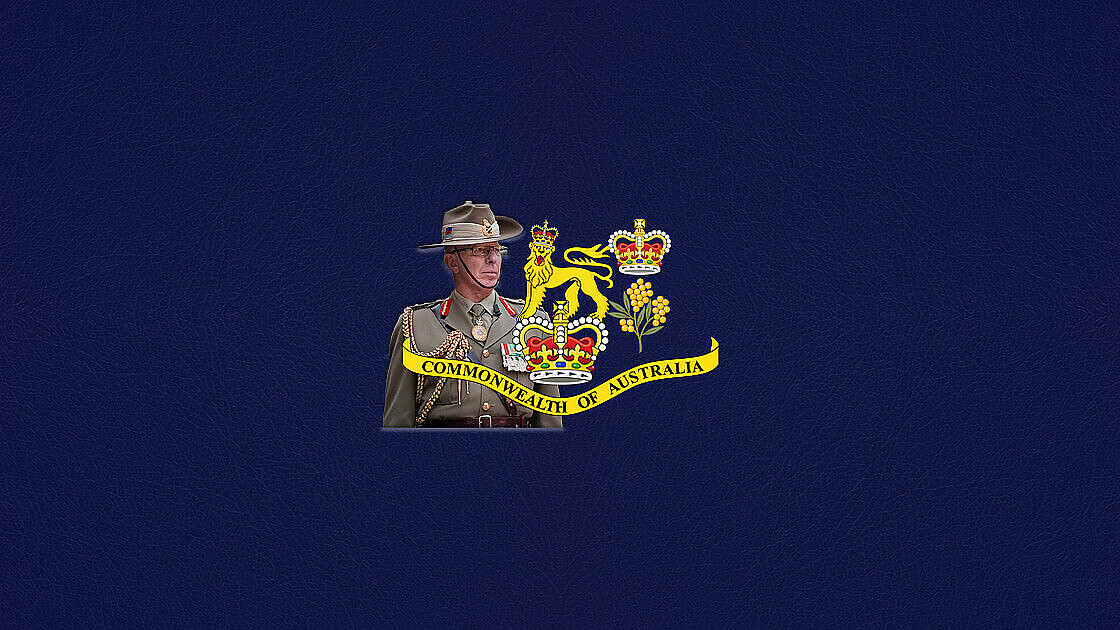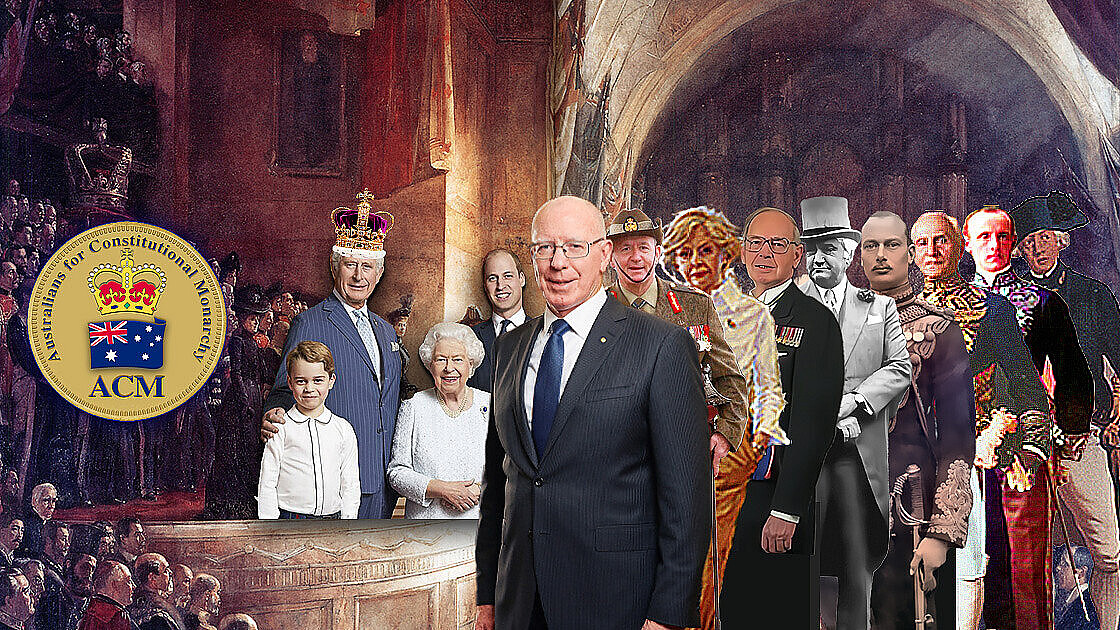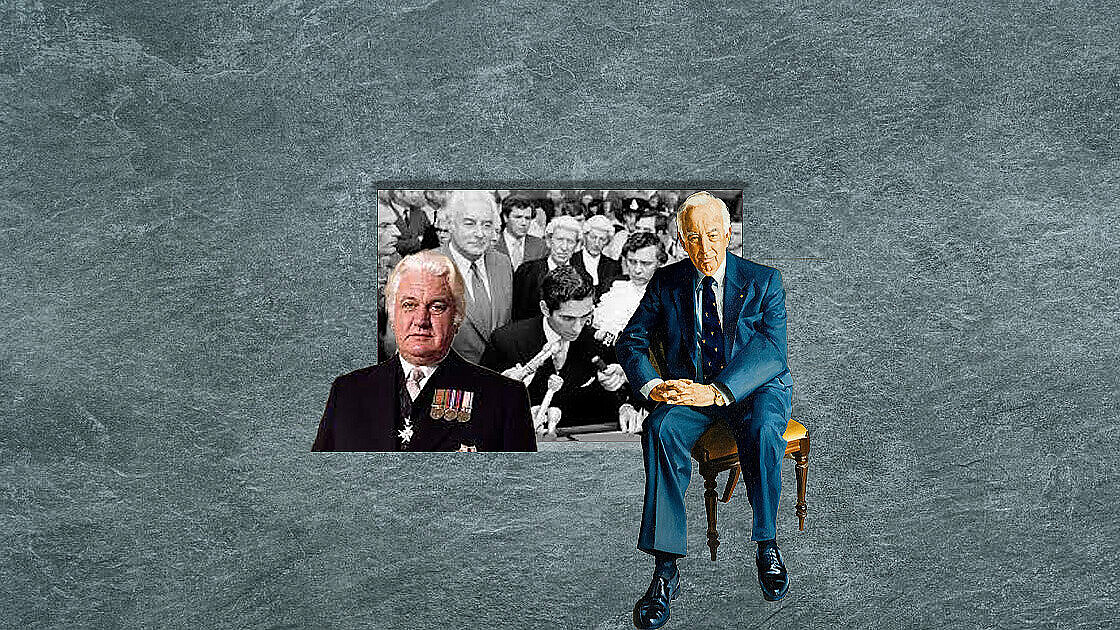Under the Federal Constitution, defence is effectively a Federal power. The command in chief of the naval and military forces of the Commonwealth is vested in the governor-general “as the Queen’s representative”. Were this to be drafted today, the section might have provided that the command in chief is vested in the governor-general “as the representative of the Australian Crown.” But this would not change the meaning. It would, however, stress that the representation is that of the Sovereign’s political body, the Crown, as well as that of the Sovereign’s natural body. That the loyalty of the armed forces is to their personal Sovereign is a benefit and maintains their purity from any party political taint.
The strength in separating the command in chief from both the operational command and questions of ministerial responsibility is threefold. First, the governor-general must be assured that he has the power to act as advised and that any conditions on the exercise of that power have been fulfilled. Second, the loyalty and allegiance of the troops is to the Crown, not to an ephemeral and transient party political power. Finally, in the extreme case where the civil or political power collapses, a governor–general as the sole repository of legal power, would be bound to act. As the representative of a Crown which is above politics, he or she could be expected to exercise that power without the influence of political considerations.




